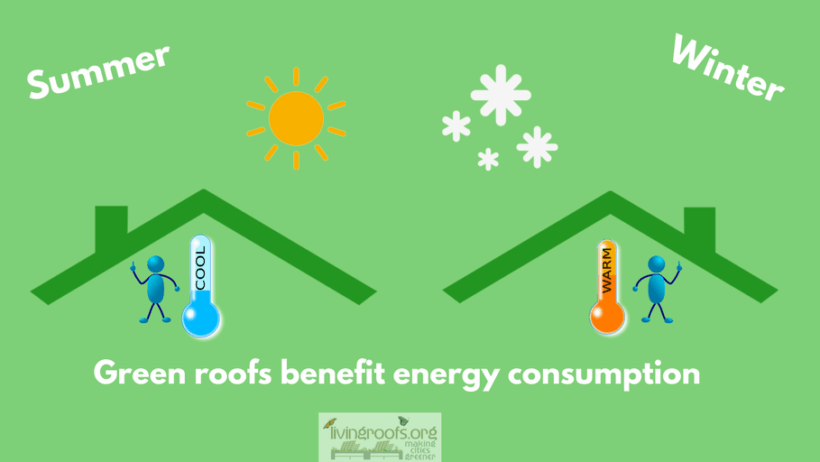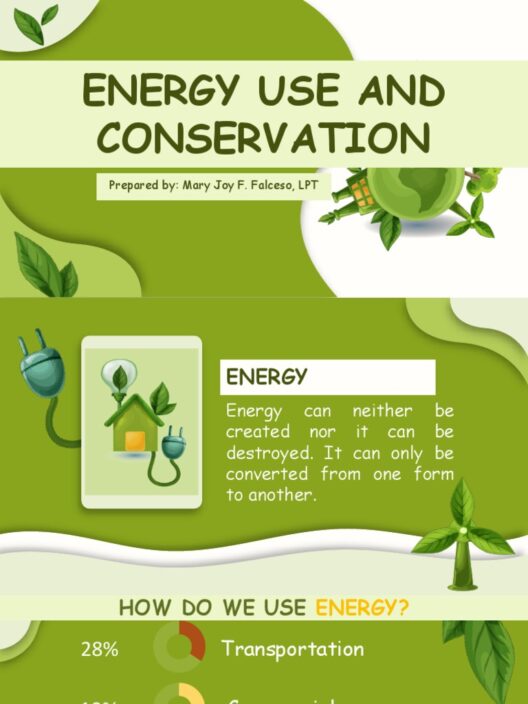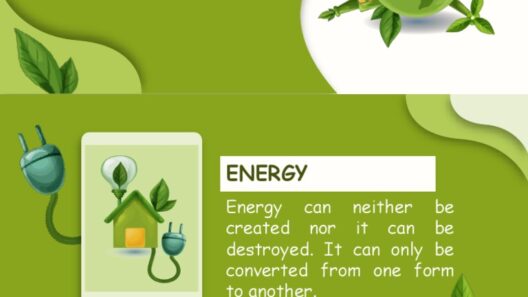In the intricate tapestry of existence, the pursuit of residential energy conservation is akin to weaving a vibrant quilt where each patch represents a critical element of our ecosystem’s health. The interdependence of energy conservation and human health stands as a compelling narrative—one that elucidates the pervasive impact of our lifestyle choices on both our immediate habitats and the broader environment.
Energy conservation in residential settings serves as a foundational cornerstone that not only mitigates greenhouse gas emissions but also engenders myriad health benefits. Energy-efficient homes stand as bastions against pollution, while providing a sanctuary where inhabitants can thrive. Central to this discourse is the undeniable correlation between energy efficiency and indoor air quality—a vital element often overshadowed by more overt environmental concerns.
Consider the metaphor of a well-tended garden versus an overgrown thicket. Just as a cultivated garden flourishes with diverse flora, enriching the ecosystem, an energy-efficient home fosters air quality that nourishes its residents. The use of sustainable materials and efficient appliances reduces off-gassing of volatile organic compounds (VOCs), often found in traditional building products. This reduction creates not only a healthier living environment but also a mitigating factor against respiratory ailments that plague urban settings. The act of conserving energy, therefore, becomes a protective shield against the pervasive threat of indoor air pollution.
Moreover, energy conservation catalyzes economic health, which simultaneously bolsters human well-being. Lower energy bills, a direct consequence of energy-efficient homes, can be likened to the gentle wind that propels a sailboat. The financial relief allows families to redirect their resources towards essential needs such as nutrition and healthcare. As households save money, the specter of financial anxiety diminishes, fostering a more conducive atmosphere for mental well-being. This intersection of economic and physical health forms a symbiotic relationship, illustrating that energy conservation is not merely an abstract goal but a tangible pathway to wellness.
Furthermore, residential energy conservation contributes to the reduction of climate change—a phenomenon that poses existential threats to human health on a global scale. The scientific community has unequivocally linked rising temperatures to increased heat-related illnesses, worsening air quality, and the proliferation of vector-borne diseases. Each step taken to enhance energy efficiency serves as a countermeasure against these adverse effects. Thus, energy conservation transcends individual homes, morphing into a broader narrative of public health advocacy. Like a single drop of water creating ripples across a pond, the implications of conscientious energy use extend far beyond one’s immediate surroundings.
At the heart of residential energy conservation is the principle of sustainable design. Homes that prioritize natural light, efficient heating and cooling systems, and sustainable building materials echo the Earth’s own rhythms. This harmony with the environment enhances not only energy efficiency but also the psychological well-being of its occupants. Just as nature offers restorative landscapes for rejuvenation, a well-designed residence becomes a personal refuge that fosters mental clarity and emotional stability. The brilliance of natural light, unobstructed by artificial barriers, has proven benefits, promoting contentment and productivity among occupants.
The environmental justice perspective further enriches the discussion around energy conservation and human health. Often, low-income communities bear the brunt of environmental degradation due to systemic inequalities, with substandard housing that exacerbates health issues like asthma and lead poisoning. Taking strides towards energy conservation can serve as a powerful equalizer. Community initiatives that promote energy-efficient retrofits in these neighborhoods can catalyze a transformative effect, improving public health outcomes and empowering residents. Here, conservation becomes not just an environmental issue, but a social justice mandate.
Nevertheless, the path to widespread energy conservation is rife with challenges. Policy frameworks must be reimagined to incentivize such shifts, ensuring that energy-efficient solutions are accessible to all strata of society. Government programs, tax incentives, and community-based support systems can proliferate the adoption of sustainable practices. Thoughtful regulations and incentives can transform the energy landscape, encouraging behaviors that prioritize health and environmental stewardship.
Communities have begun to embrace this paradigm shift. Innovative programs and initiatives that promote solar energy adoption and energy-efficient appliances are beginning to bear fruit. Grassroots movements are instrumental in raising awareness about the profound connection between energy conservation and health. Education remains a pivotal tool to empower residents, enabling them to appreciate the intricate link between their energy choices and health outcomes. Just as seeds take time to germinate, cultivating understanding will yield long-term benefits for humanity and the planet.
In conclusion, the question, “Does residential energy conservation improve human health?” is met with a resounding affirmation. Beyond the confines of individual homes, the implications stretch across communities and entire ecosystems. The intricate interplay between energy conservation and health underscores the urgency of adopting sustainable practices. As stewards of our environment, we hold within our grasp the ability to weave a narrative that prioritizes health, equips communities, and safeguards our planet for generations to come. In this collaborative effort, we plant the seeds for a healthier world, ensuring that our gardens—be they personal or communal—are nurtured, thriving, and resilient.







